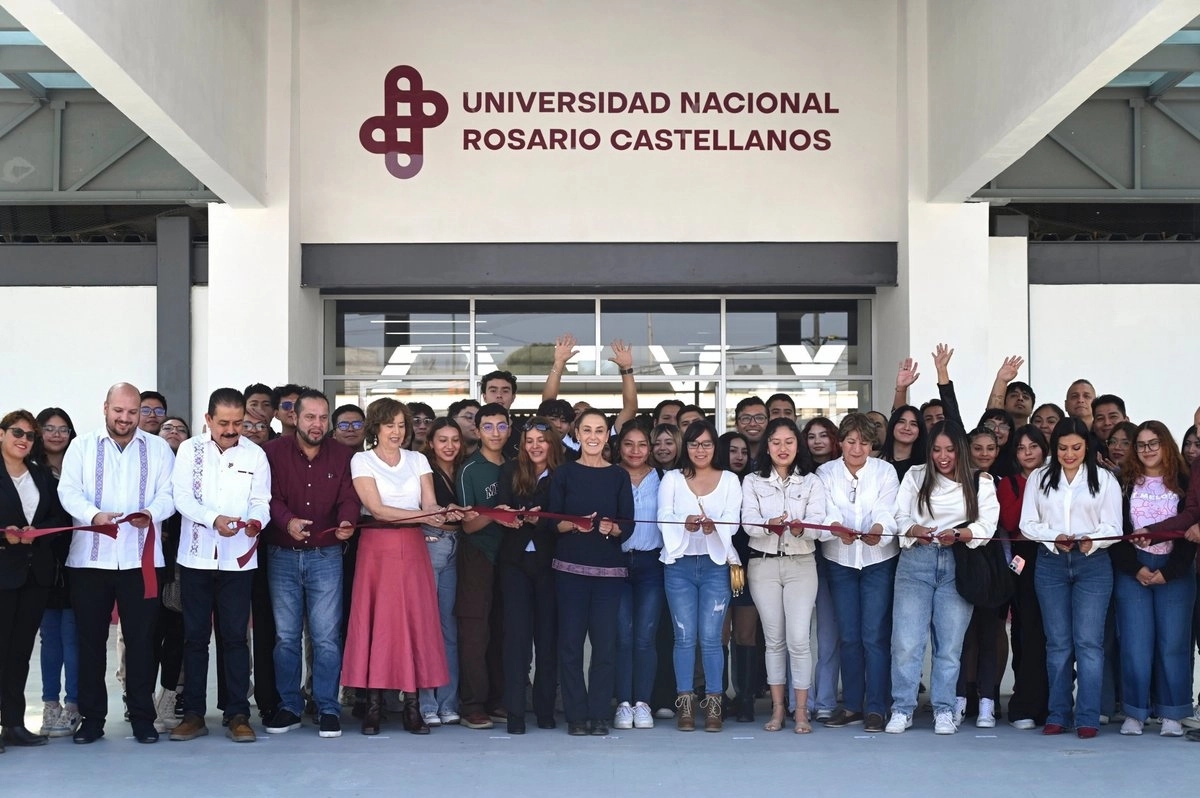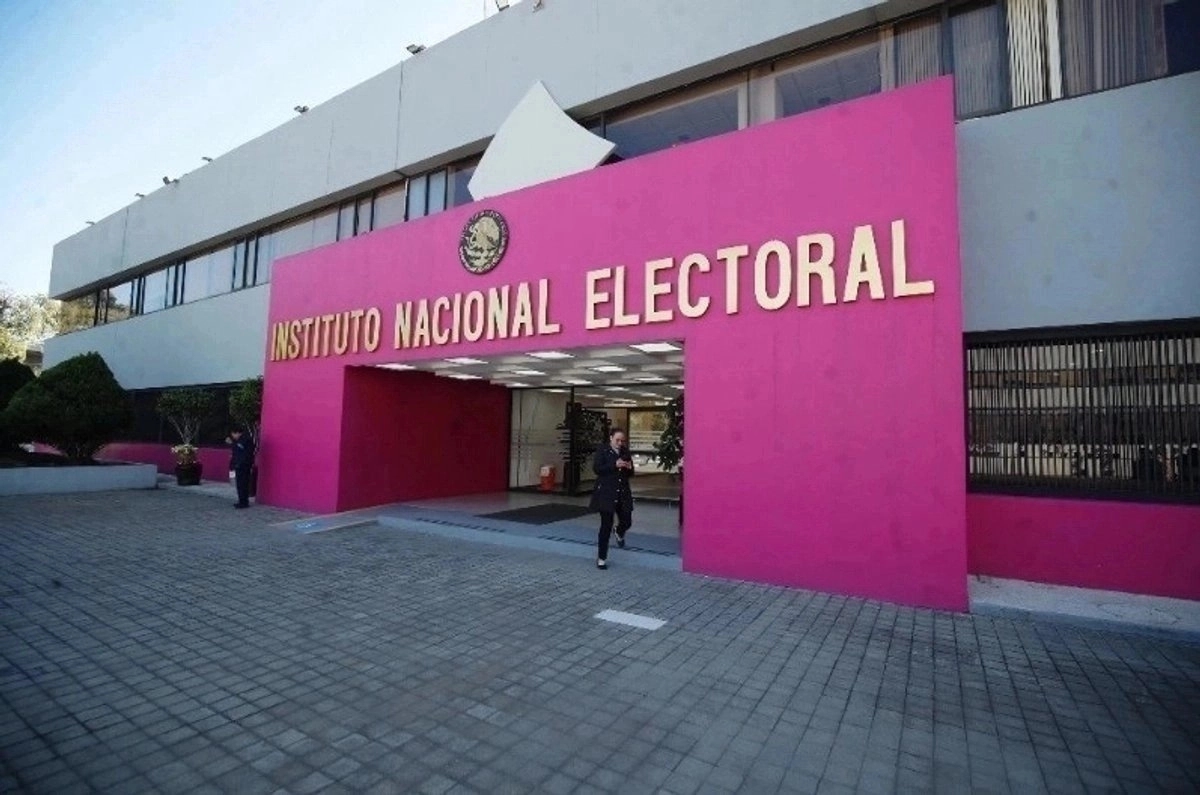2025 Elections: Results could take longer than expected in Buenos Aires, according to warnings.

Just hours before the legislative elections, the national government and the National Electoral Directorate (DINE) acknowledge that Sunday's provisional vote count could take longer than usual, especially in the City of Buenos Aires and in the provinces where double ballot voting will be held for local and national offices.
According to official estimates, 80% of the polling stations in the Federal Capital will be counted by 11 p.m. By 9 p.m. , when official announcements begin, around 40% of the national total is expected to be counted. The delays are attributed to the introduction of the Single Paper Ballot nationwide, a change that will require more time for polling station officials to classify and count votes.
The most affected jurisdictions will be Santiago del Estero, Mendoza, Catamarca, and La Rioja, which will hold local elections simultaneously with the national elections. In these districts, two different ballot boxes and ballots will be used to elect deputies, senators, provincial legislators, mayors, and, in the case of Santiago del Estero, also governor.
Santiago del Estero could be the longest-running district: up to five voting categories will be counted there in a single day. Added to this are eight districts where national senators are being renewed, complicating the logistics of the count.
In the capital, the delays are explained by the coexistence of two voting categories and the fact that this is the first time the Single Paper Ballot will be used. "There may be difficulties in next Sunday's vote count, because it's the first time the polling station authorities will be working with this system . But the process of digitizing and transmitting telegrams is solid and has been in place since 2017," said Luz Landívar , head of the DINE.
During the mock vote count conducted weeks ago at the Argentine Post Office, the city recorded one of the slowest vote counts in the country, with only 75% of telegrams transmitted by 11 p.m. For this reason, organizers anticipate a similar delay for election day.
The provisional count will begin at 9:00 p.m. , three hours after the polls close, as established by current regulations. At that time, the first national data and the results by province and category will be published.
Public access will be provided through the "2025 Legislative Elections" app, which will allow polling station-by-station results to be consulted, as well as the scanned telegrams transmitted overnight. According to the DINE (National Electoral Directorate), 85% of the national total could be counted by 11 p.m., although there are marked differences between provinces.
While districts with local elections could barely exceed 70% of the polling stations counted, in other provinces—such as Buenos Aires, Córdoba, or Santa Fe—it is expected to reach close to 90% of the total by 11 p.m. , provided there are no logistical delays.
There will be 35,987,634 eligible voters nationwide, distributed among 17,339 polling stations . 119,710 ballot boxes will be used, of which 91,905 will transmit the results electronically from the polling stations. The remaining centers will send the ballots with the documentation to the 953 electoral branches of the Argentine Post Office, where the telegrams will be digitized and uploaded.
Data entry clerks, inspectors, and party representatives will be working at the computing centers, under the supervision of the Electoral Court, in an operation that will extend until early Monday morning.
Government sources emphasized that the main objective will be to ensure the transparency of the process, as well as the digital traceability of the data, beyond the speed of the count. "The priority is the security and consistency of the information," stated the DINE.
Unlike other elections, this time the electoral schedule coincides with a change in format and an expanded digitalization process, which could lengthen the wait for the first definitive results.
elintransigente





